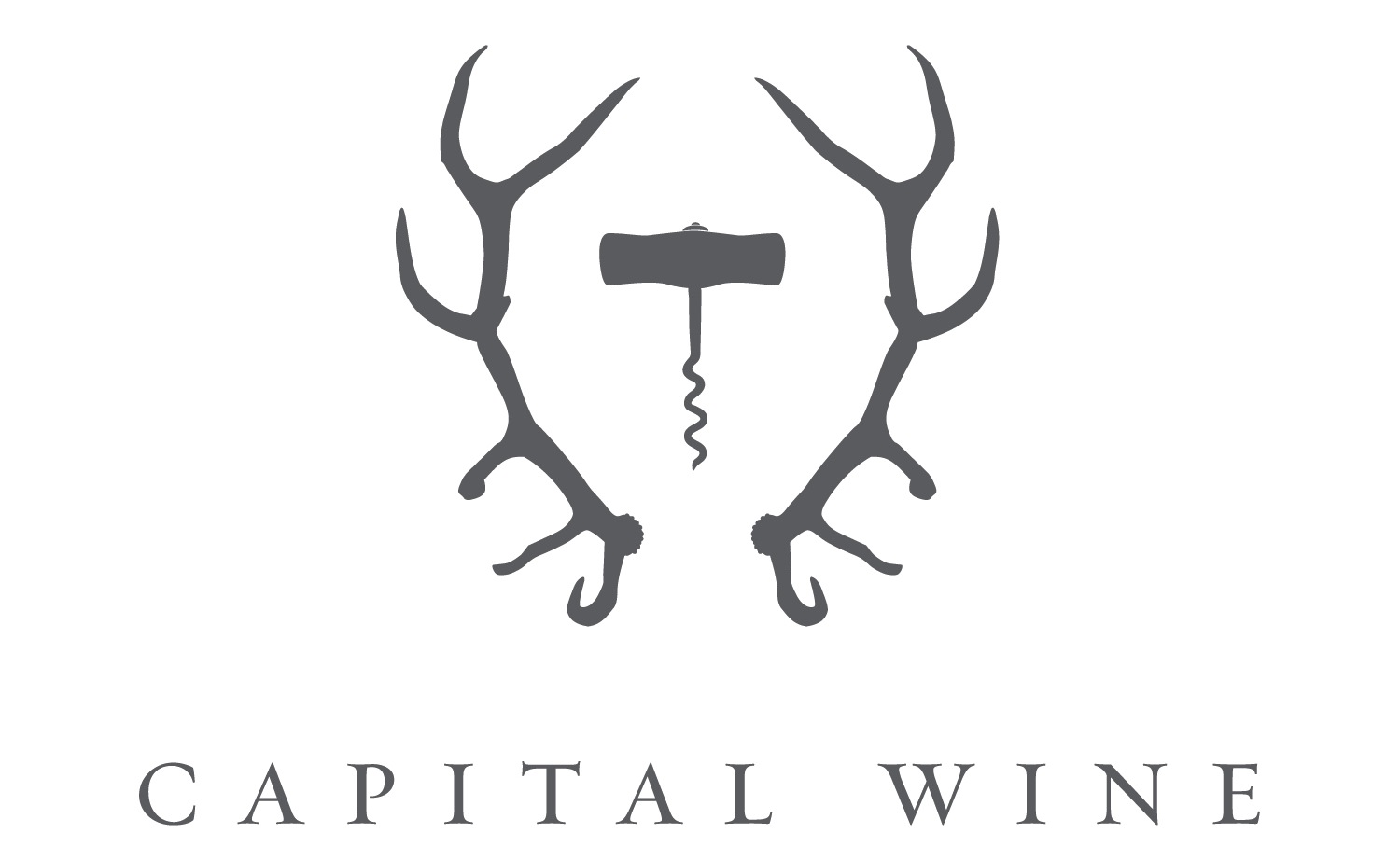With a Polar Vortex rolling into Ontario this week, many of us will be cozying up to some comfort food, couches, and fireplaces. Big reds are usually the go-to move for this but whites can be surprisingly nice in the winter as well, particularly as a match for the right meals. Since we did all different Cabernet Sauvignons last week, let’s do some nice interesting whites this week. But let’s go beyond the usual Chardonnay, Sauvignon Blanc, or Pinot Grigio that most people default towards. Chardonnay and Sauvignon Blanc are by far the most popular white wine grapes internationally, and as such, they’re most people’s default purchase. And nothing against Chard or Sauv Blanc, they make some of the greatest wines in the world, but there is such a wide world of white wine out there, we’d be remiss not to explore it.
I often come across people who don’t like the oakiness in Chardonnay, so they insist on having “unoaked Chardonnay” to remedy this instead of broadening their white wine horizons. While there are certainly good examples of uoaked Chardonnay (most notably from the Chablis region of Burgundy in France), more often than not, unoaked Chardonnay can be kind of boring. There’s something about oak aging (even if very subtle) that gives Chardonnay so much more texture, body and balance. And there’s not all THAT many white wines around the world that see oak aging, so when clients ask for Unoaked Chardonnay, I often try steer them towards trying one of the many other great varieties that are typically unoaked. Grape varieties that aren’t really meant for oak aging, so they’re produced in stainless steel tanks or concrete vats instead. And to me, these can be so much more interesting than simple Unoaked Chardonnay from Ontario or California which can often taste kind of hollow. So this week we’re looking at some favourite varietals beyond the usual go-to Chardonnays, Sauvignon Blancs, or Pinot Grigios. Varietals like Chenin Blanc, Marsanne, Verdejo, Gewurztraminer, and Torrontes.
Read More